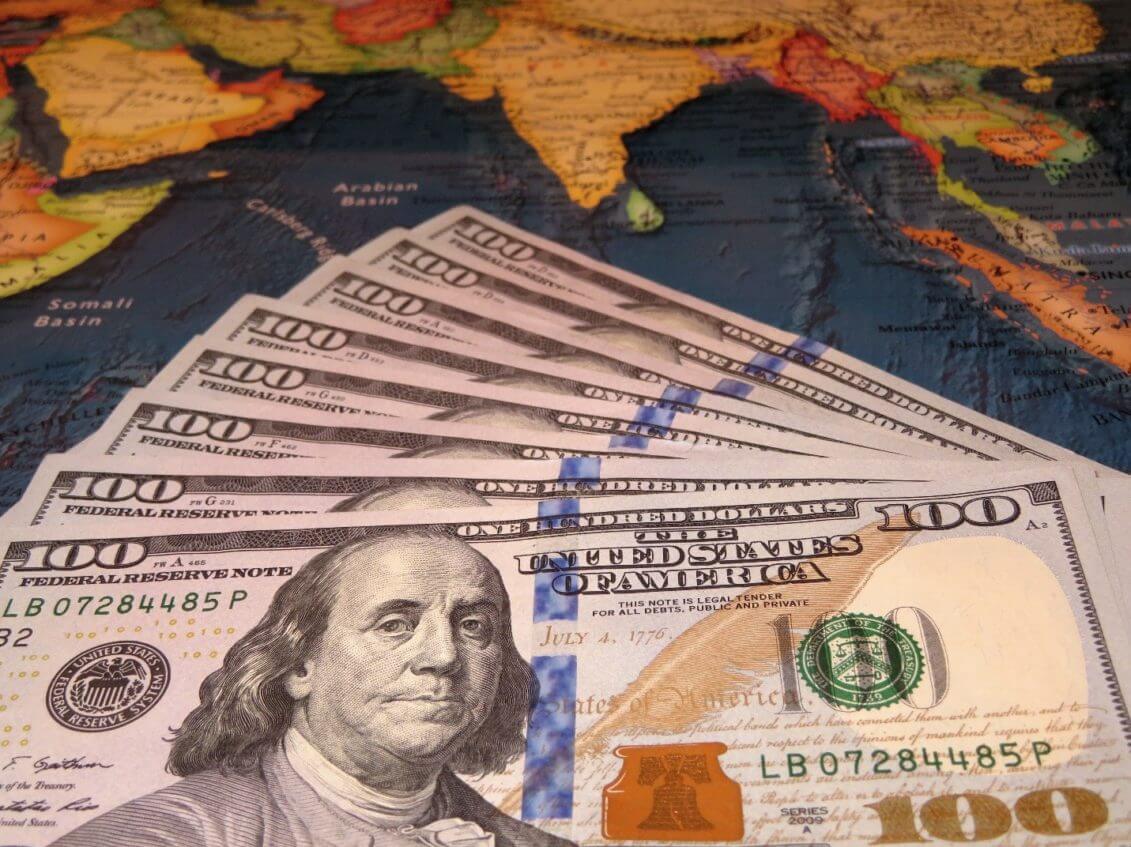The U.S. dollar surged forward on Monday while traders were waiting for the results of a slew of central bank meetings this week. They are especially interested in the U.S. Federal Reserve’s decision, speculating how quickly the agency will unwind its bond-buying program. Investors are also looking for clues on when the Fed will start to raise rates next year.
The dollar index climbed up by 0.3% at 96.38 against six major peers on Monday. On the other hand, the euro tumbled down. Market players consider it vulnerable to a rate hike in the United States. There are current expectations that the officials will tighten policy more quickly than the dovish European Central Bank don’t help the common currency. It declined by 0.4% at $1.1268 at last.
Citi analysts stated that they see moderate hawkish risks into the December FOMC (Federal Open Market Committee), considering that the agency mainly remains focused on optionality to respond to the possibility of increased inflation. They also added that EUR/USD pair would likely be bearish this week.
However, some analysts think the greenback’s rally in recent weeks has already factored in many of its sources of strength in the short term. Kamakshya Trivedi, co-head of global FX, rates, and EM strategy at Goldman Sachs, thinks that going to next year, we may not see the same degree of dollar bullishness as the consensus estimates. According to the analyst, if traders start to see higher commodity prices and decent data from China, the U.S. currency may decline after a good run.
How did the Norwegian Crown fare?
The crown plummeted down by 0.6% against the greenback. The Norges Bank declared that it would maintain a policy of not buying Norwegian currency on behalf of the country’s government in December. Investors widely expect the bank to raise its benchmark interest rate on Thursday.
MUFG analysts referred to the new coronavirus strain, stating that a hike is not fully priced as Omicron variant uncertainty takes out some of the pricing. As a result, there’s scope for NOK outperformance if the Norwegian central bank acts.
Meanwhile, the British pound decreased by 0.2% to $1.3245. This was after Prime Minister Boris Johnson declared on Sunday that the U.K. faced a tidal wave of the new Omicron variant.
On Monday, the Swiss franc remained flat. It traded near its highest level since end-June 2015 against the common currency at 1.0373. The Swiss National Bank is due to make its latest interest rates decision on Thursday. It has been battling the appreciation of its currency since the start of the coronavirus pandemic, stepping up its intervention against the franc recently.
What about the Turkish Lira?
The Lira plunged by as much as 7%, reaching a record low near 15 to the greenback on Monday. Fears over President Tayyip Erdogan’s risky new economic policy, along with prospects of another rate cut, pushed the currency in the deep red.
The central bank announced four market interventions over the last two weeks. This triggered a lira recovery after it had tumbled to 14.99 by selling dollars. At one point, the Lira’s worth was just half of its value at the beginning of the year.
Last week, the central bank moved to keep the currency below 14. Its depreciation fuels inflation in the big emerging market economy that depends heavily on imports.
Meanwhile, Erdogan planned meetings with Finance Minister Nureddin Nebati, Central Bank Governor Sahap Kavcioglu, and the heads of state banks in Istanbul in response to the market turmoil. Commerzbank analysts noted that last week’s relative stability of Lira was artificial and, thus, non-sustainable. Now traders see the build-up pressure unfolding, driving the currency’s weakness to the next level. They also added that any further attempts to stabilize the Lira by interventions would likely fail, as well.
The central bank is under pressure from Erdogan. The economists expect it to cut its policy rate by 100 basis points to 14% during this week, even though inflation rose to 21.3% last month.
According to Kavcioglu, boosting the current account was key to price and lira stability. However, analysts were skeptical about the impact of a surplus. Morgan Stanley doubts that either a balanced current account or intervention will be effective in stabilizing the Lira. The central bank’s relatively thin reserves mean interventions may well be counter-productive.











